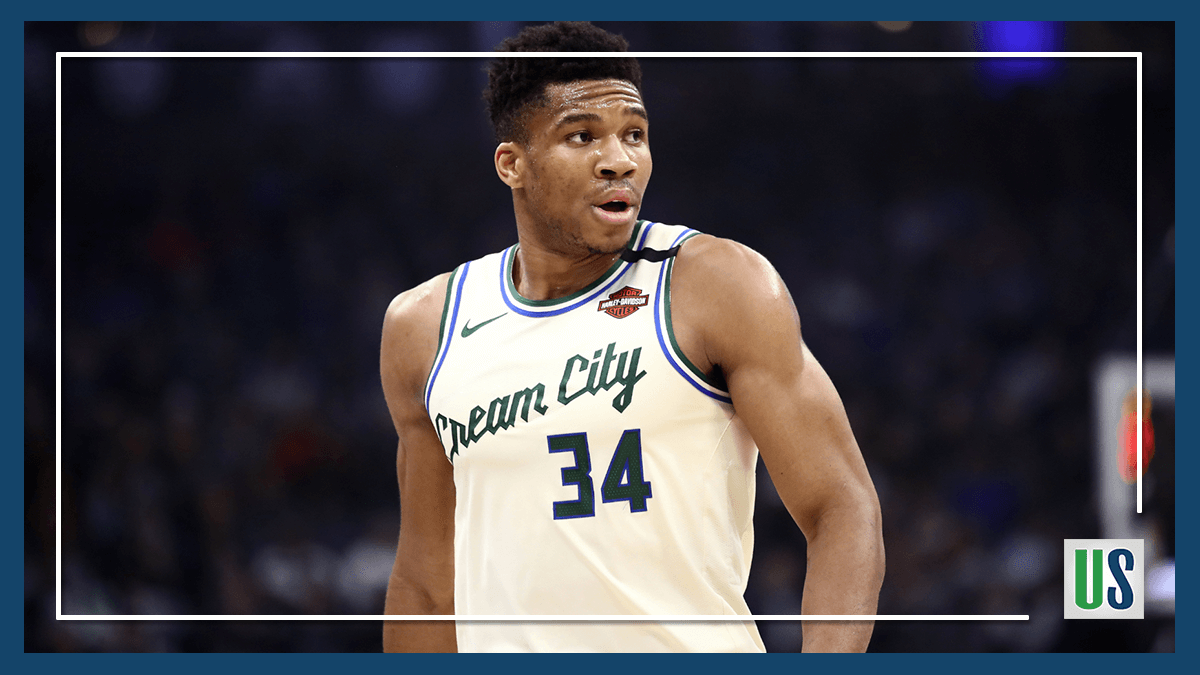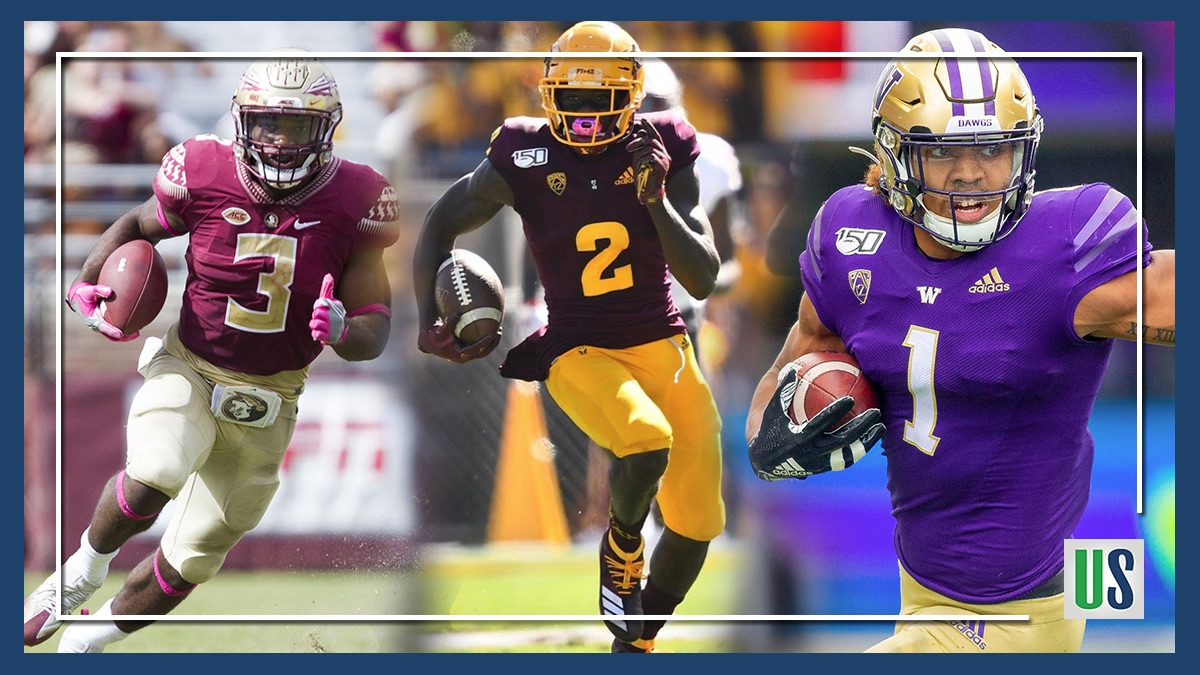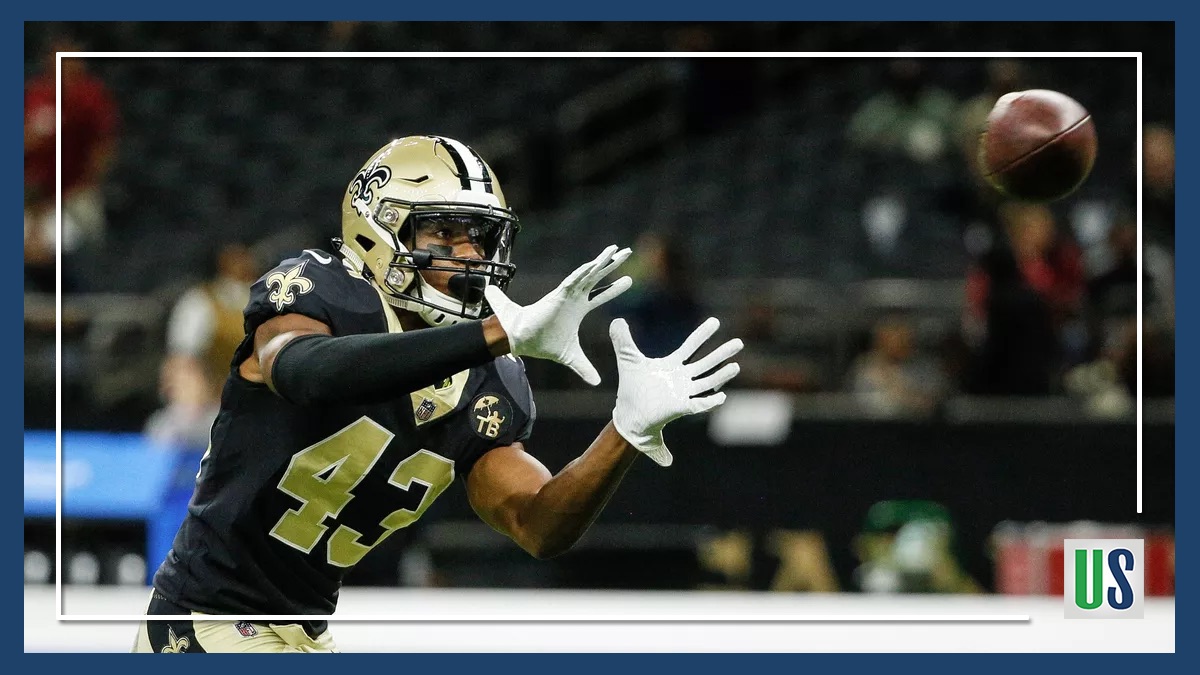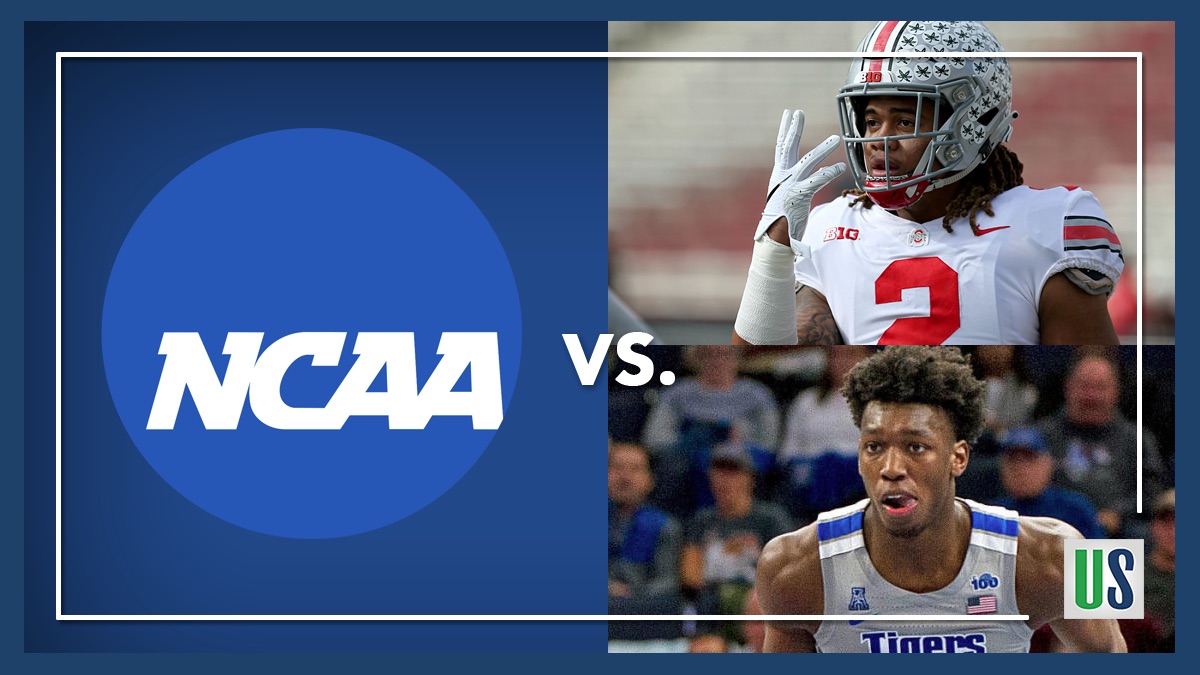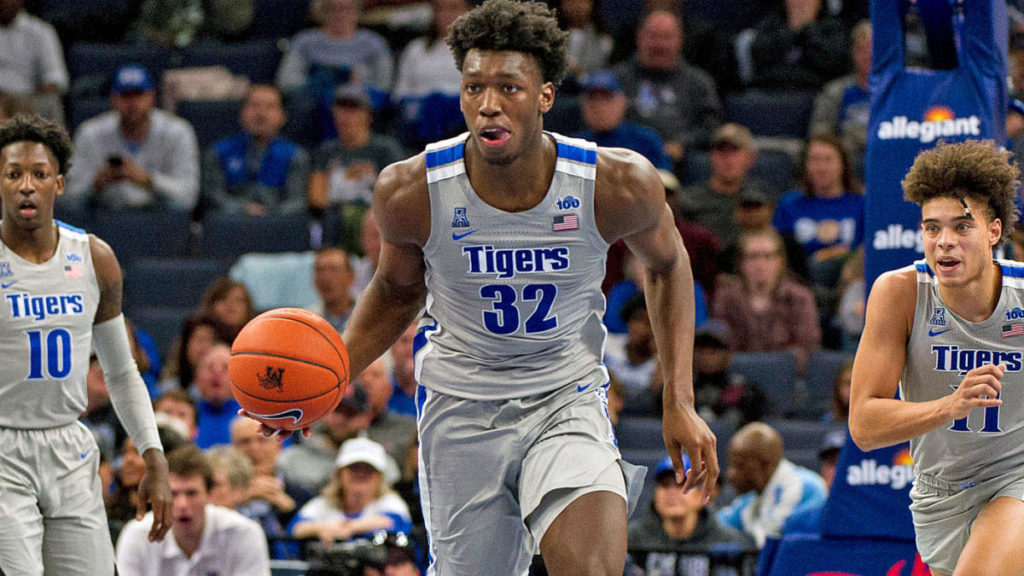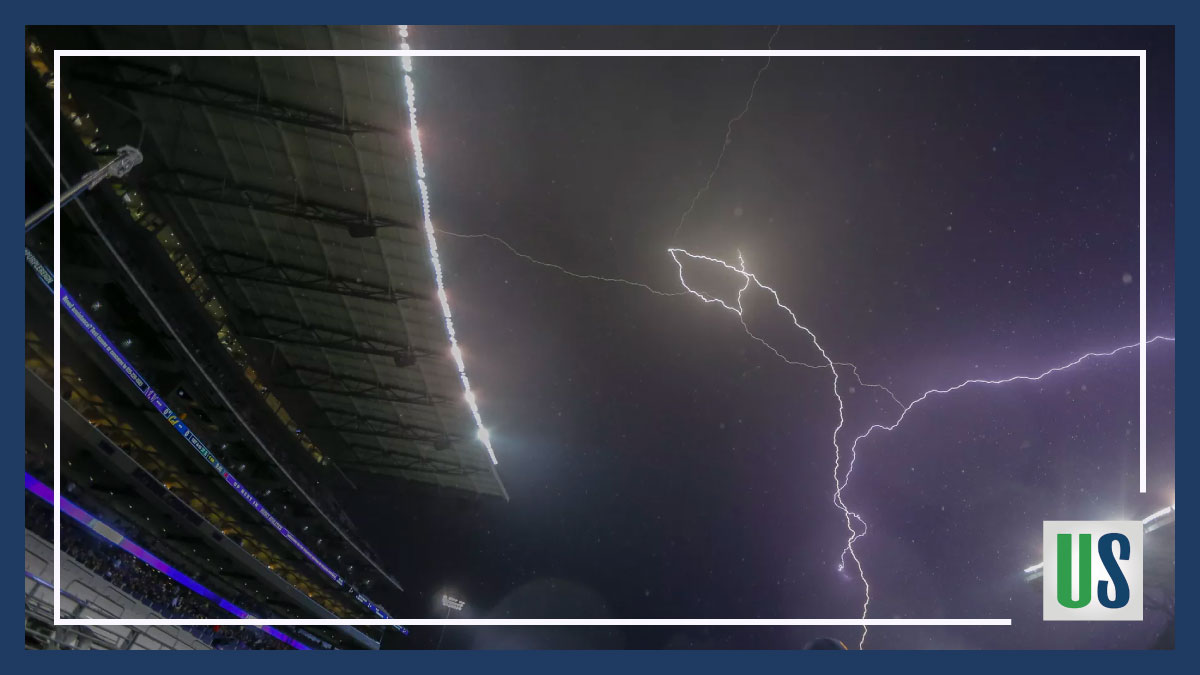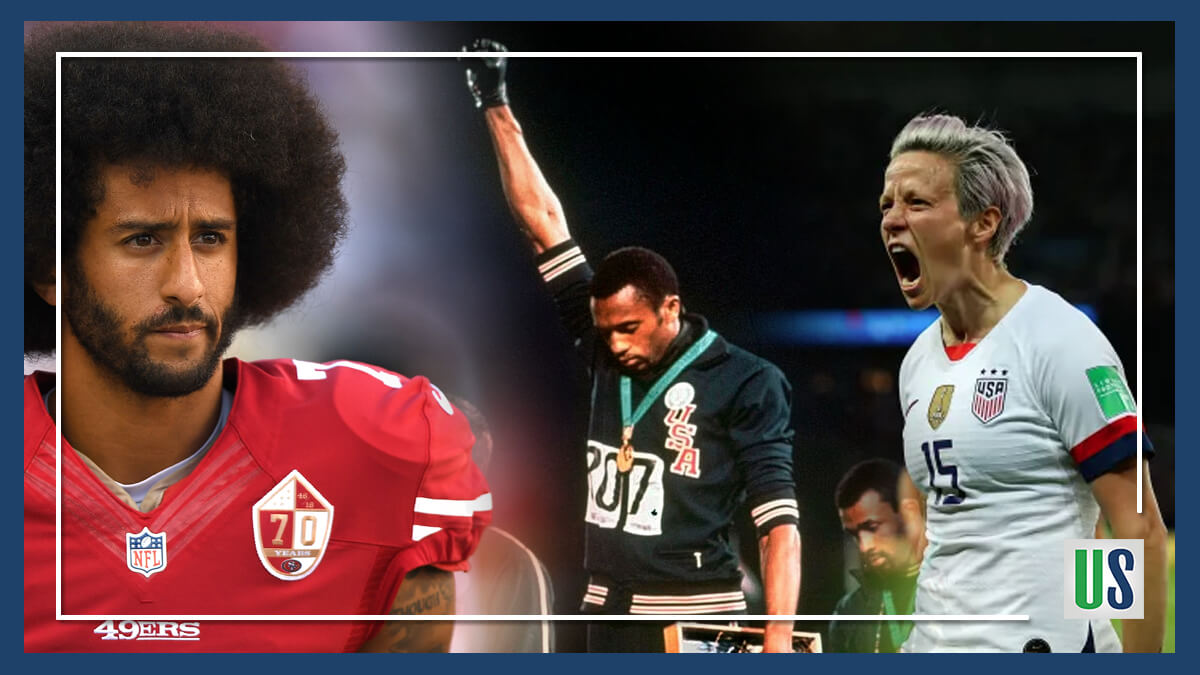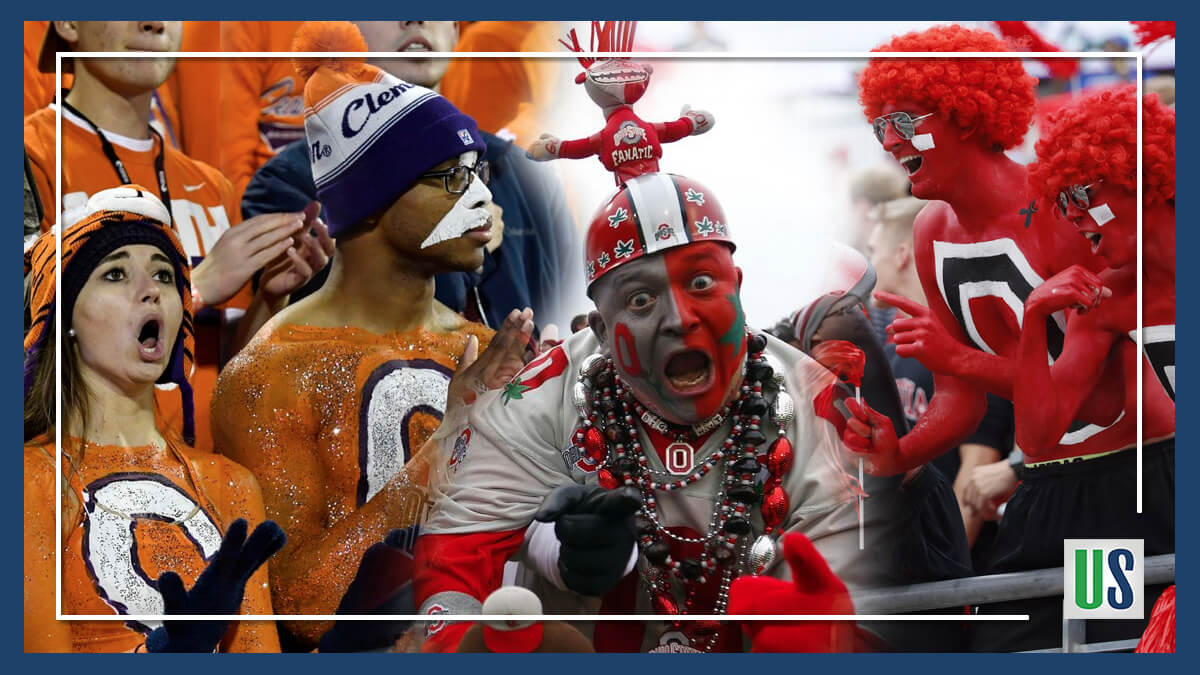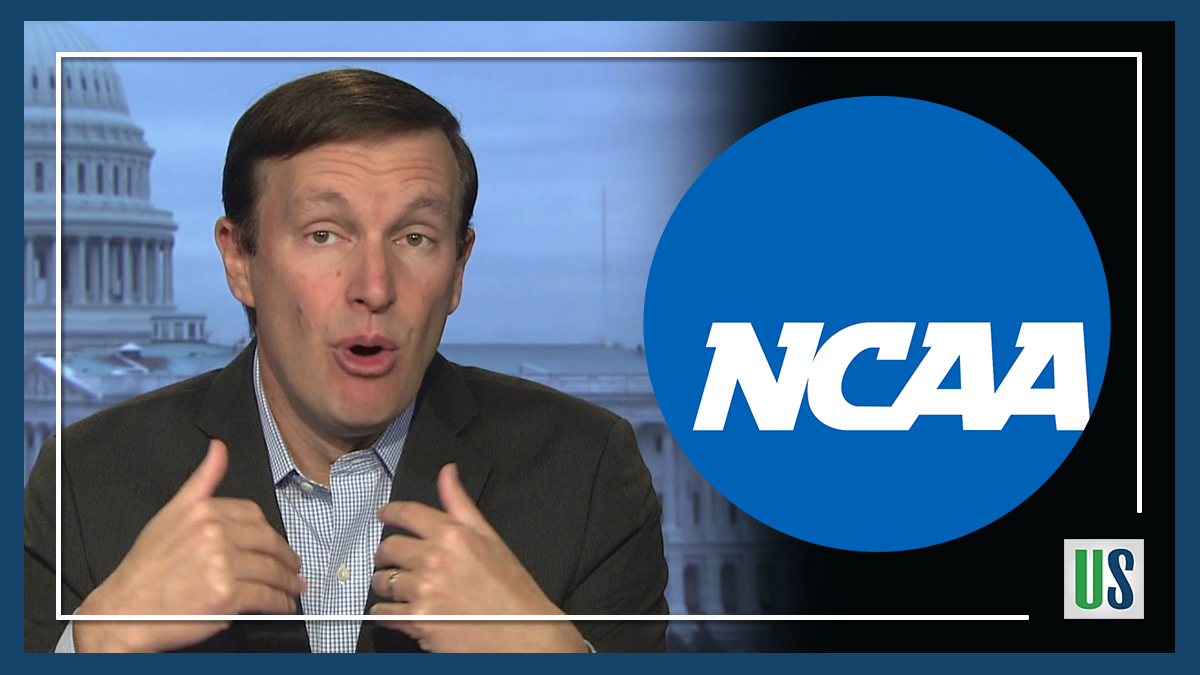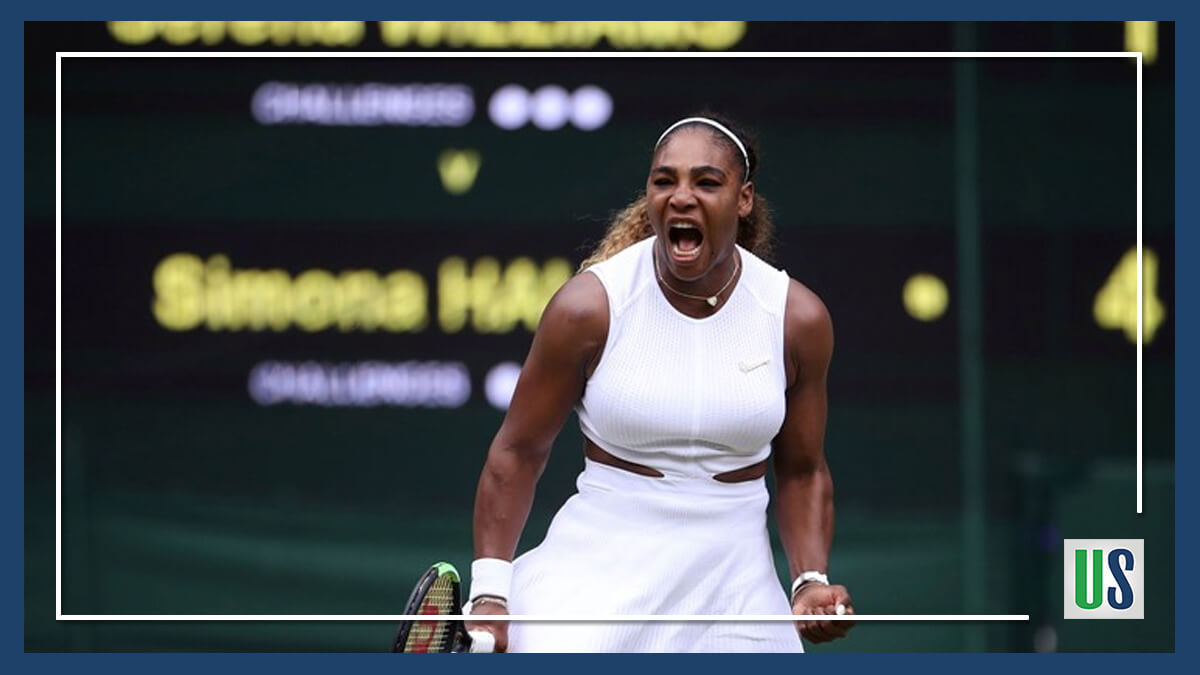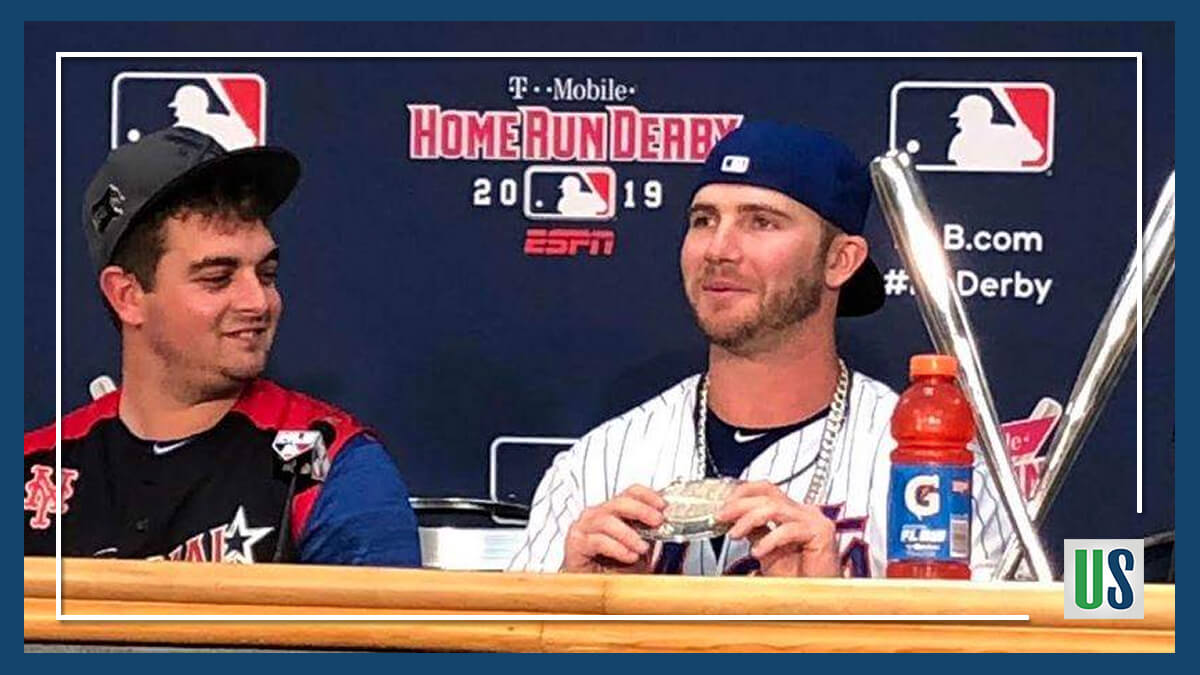This week, the NBA, NHL, MLB, and MLS all postponed games in wake of the shooting of Jacob Blake, a 29-year old black man, in Kenosha, Wisconsin. The shooting occurred on Sunday, August 23.
Unfortunately, the issue of police brutality has become so divisive in United States society. Many players have come to the forefront for causes they believe in, such as police reform and voting rights mainly.
Athletes Need Fan Support When Deciding to Boycott Pro Sports
Professional athletes are taking a stand. These athletes will not stand for police brutality and voter suppression, but are being met with push back by some fans. There are people that believe that players should shut up and play. Fans may feel this way because they could not decide to not go to work, for example, and be able to take a stand in a way similar to what professional athletes have done.
However, it is close-minded to think that players do not have a distinct purpose and reason for their actions. Yes, they are in a position where they can afford to protest by not “working” in a sense. But for change to occur in society, there needs to be prominent figures at the forefront. The players made the right decision to postpone games on Wednesday, Thursday and Friday because now there is more attention on issues that US citizens should care about. Whether or not one agrees with some of the positions that players have on these issues, players need fan support in the same way they need fan support on game night.
Decision to Postpone or Play Games Should Be Players’ Decision
There have been many people who have called for pro sports teams for the postponement of their games, while some have decided to play their games. If fans want to truly support their players, they will realize that each player views the situation differently. Some players believe that they can show solidarity by not playing. Others feel like playing gives them a platform to be vocal about these issues. Players have been both praised and criticized for the position they have taken.
In the end, the decision to play or not play should be up to the players. Fans can choose whether to support the players’ decision or not. There are charity events and initiatives that players give their time to for the fans. It is time that fans support players in whatever decision they make about playing, whether or not they agree with it.
Leagues Had Different Ways of Handling Postponement of Pro Sports
The NHL players played on Wednesday. On Thursday, they made a united decision to postpone games Thursday and Friday. There was backlash from certain people over the decision to play Wednesday. Some, including Philadelphia Flyers coach Alain Vigneault, were so focused on playoff hockey. There simply was not enough time for some people within the NHL’s two hub cities to fully grasp the situation.
NBA players were already thinking about their actions days earlier. That is the main reason they were able to come to their decision quicker. They thought about the potential ramifications of their decision and decided to resume play on Saturday. NBA players have been the most vocal about the issue of police brutality. They are the reason that August 26, 2020, will always be remembered.
However, the way both leagues handled the situation was acceptable. Even though the NHL was late to the party, they are playing their games in another country. It was better for the NHL to fully digest the situation from an outsider’s view and make an informed decision.
Divisiveness a Main Narrative Being Written About the USA Right Now
Some fans do not want to watch sports anymore because they feel that through protesting that politics are being brought into sports. Fans may not agree with the avenue in which players are protesting or the causes they are protesting for. This is okay. But right now, the players need to know they have fan support.
There are numerous narratives being written about what is going on in the United States of America right now. However, when some say blanket statements that single other people out in a negative light, they should not expect a positive reaction from their opponents.
A frustrating aspect of these protests is the partisanship that could be associated with them. For example, Los Angeles Lakers forward Kyle Kuzma tweeted Wednesday night about how momentum would need to continue “even if we get a Democrat in the office.” Someone who supports the decision by the NBA players to protest, but does not necessarily identify as a Democrat, could be put off by this statement. However, the divisive political rhetoric of 2020 is the reason that Kuzma feels this way.
There is rhetoric from people that identify as both Republican and Democrat that is extremely frustrating to see. Kuzma tweeted about his belief that there was fear-mongering from Kimberly Guilfoyle, who was speaking at the Republican National Convention. When the term “lawlessness” is being thrown around by people like Kimberly Guilfoyle when describing protests in communities where people like Jacob Blake lived, of course there is going to be outrage.
Issues are Divisive, and People Not Acknowledging Different Viewpoints Could Be Damaging
Kimberly Guilfoyle fails to acknowledge that the majority of people in the streets are peacefully protesting. The protesters want to see a positive change in society. They also realize how real the problem of systemic racism is in the United States of America. People like Guilfoyle come under fire from so many people is because they have not made a simple acknowledgment to Black people that their lives matter. Guilfoyle and many others spoke at the Republican National Convention. They failed to show any solidarity towards the Jacob Blake shooting or the issues that players care about.
Everyone’s vote matters. Every US citizen should have the right to vote. If people want to go to the voting booth, it should be an easy process. Governments have to aid in this effort, and it seems like this is where part of the player’s protest is coming from.
However, Kuzma’s comment might make one question what the push to get people to vote is really about. Someone could interpret it as certain players having an agenda to help a single party out. People can truly educate themselves about all of the candidates, and realize there are more candidates to choose from than the ones with the D and R next to their name. However, it still has to be the person’s option on who they want to vote for, or even if they want to vote. They are given the right to vote, but voting is not required by law.
Postponement of Pro Sports Being Used to Encourage People to Vote and Empathize With the Black Community
We cannot afford to live in a society that preaches fear. When people go to vote, they need to feel assured that their vote is fair. At this point, it has been assured that citizens do not feel confident in their ability to vote. There are flaws in the voting system, and certain groups are marginalized.
The postponement of pro sports games was sparked by a police officer deciding to shoot a black man seven times in the back. This type of behavior by police officers simply cannot be tolerated, and athletes from all sports have spoken. Try to put yourself in this situation. Should someone have to be shot seven times in the back because they may be holding a knife? Jacob Blake did admit to holding a knife, but does he deserve to be handcuffed to a hospital bed? The answer is no.
The reason these protests are happening is that people are not getting equal treatment. Justice is not happening for all right now. It is important that we listen and validate everyone’s concerns with police relations with all communities, especially the African American community. It is important that all of us – athletes, fans, government officials – show the African American community that their lives matter.

